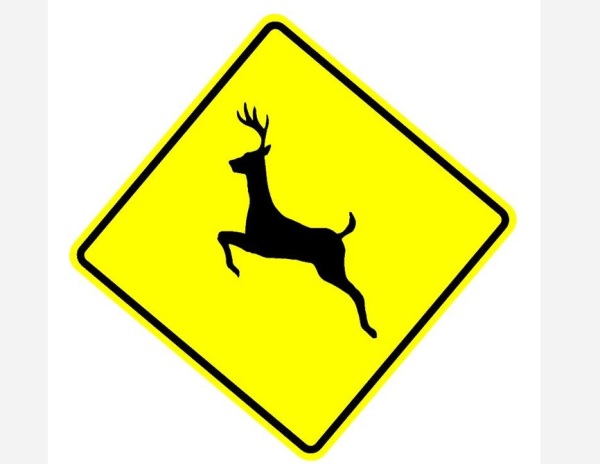BALTIMORE, MD—The Maryland Department of Transportation State Highway Administration is reminding motorists to use extra caution during the autumn months. With milder temperatures, motorists should expect to see more pedestrians and bicyclists along the roadways. White-tailed deer mating season, falling leaves, and less visibility with later sunrises and early sunsets are among some of the seasonal factors that challenge highway users.
The State Highway Administration continues to urge drivers to be extra vigilant for pedestrians, especially around Halloween when children will be out trick-or-treating.
Motorists are urged to:
- stay alert, slow down and stop for pedestrians in crosswalks and intersections (it’s the law);
- use caution when turning at intersections; and
- stop at stop signs and for school buses.
Pedestrians are urged to:
- pay attention to their surroundings;
- use sidewalks and marked crosswalks, and
- press the pedestrian signal button at signalized intersection, then wait for the walk signal.
White-tailed deer activity increases in Maryland from mid-October to mid-December. During this time, deer are extremely active and often dart across roads, increasing the potential for a vehicle-deer collision. Motorists are urged to heighten awareness of surroundings and stay alert, particularly in rural areas across the state.
Here are some tips for limiting a chance of a vehicle-deer collision:
- Never “VEER” for deer. Making sudden sharp turns is dangerous, as it could place a driver in the path of oncoming traffic or cause the vehicle to strike a fixed object such as a tree or utility pole. This is true for both motorists and motorcyclists.
- Be familiar with deer behavior. If you see one deer, chances are good that more will follow. Deer typically travel in herds.
- Be aware of known deer areas. Driving slower will enable you to stop sooner.
- Be aware of your surroundings. Deer herds feed primarily between sunset and sunrise and often live in forested areas or rural regions near watersheds.
- Stay alert. When traveling through a known deer crossing area, keep both hands on the wheel and eyes on the road.
- Use extra caution when driving at night. Use your high beams when there is no oncoming traffic. High beams illuminate a wider area.
- Use peripheral vision. Scan each side of the roadside for movement as well as straight ahead and in the distance.
If you strike a deer, never approach the injured animal. Pull to a safe location with hazard lights on and call the police. Citizens can report dead deer on the side of the road at the State Highway Administration’s Request for Service webpage.
Finally, autumn brings falling leaves. Residents are reminded to bag the yard leaves, and do not blow leaves onto roadways. Wet leaves on the road surface can cause the vehicle to lose traction and skid. This is especially dangerous for motorcycles.

